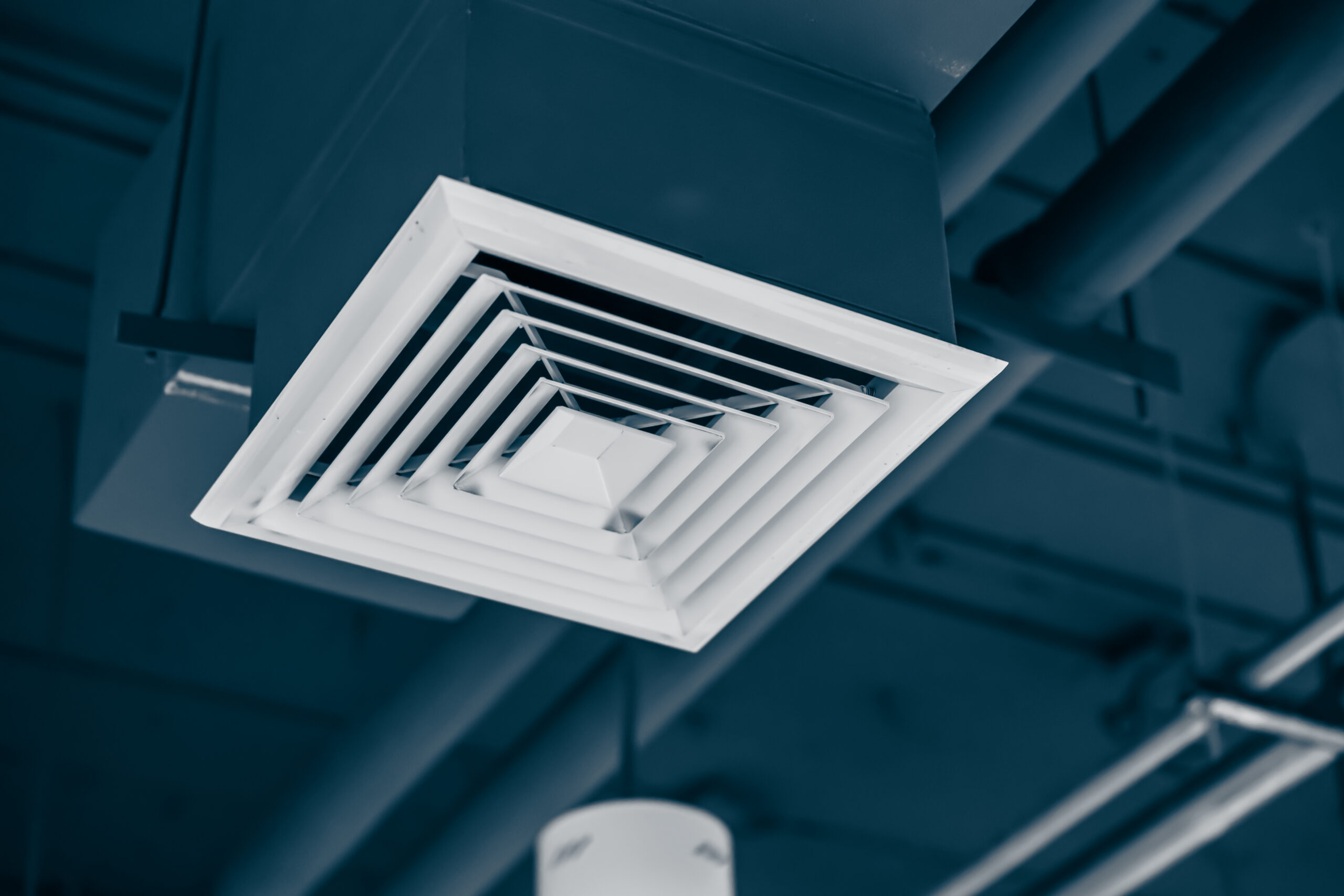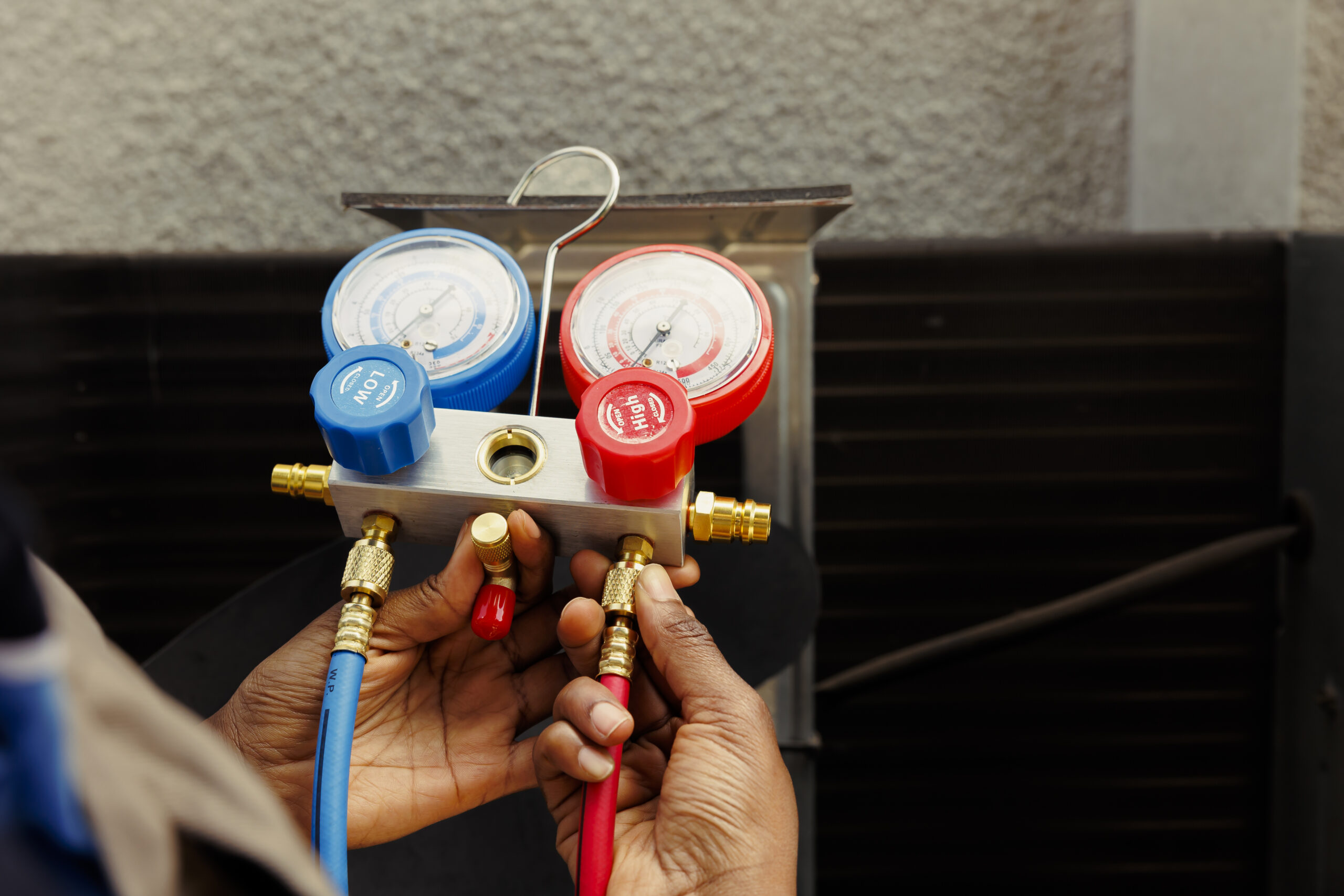Your heating system may malfunction without you noticing anything wrong with it at first. If your heater starts making an odd noise and acting strangely, it could break down suddenly.
You should not ignore unusual noises since they may signify more serious issues. Begin by Googling “Heat Pump Service Olney MD” to find a reputable contractor to assist you and avoid major issues.
7 furnace noises you should not ignore
Your furnace shouldn’t be making any unusual noises. When it comes to your heating or cooling system, it’s not a smart idea to overlook these noises:
- Booming Noises
Booming is similar to a little explosion in your furnace’s heat exchanger. It is due to an ignition delay. It could be brought on by a dirty burner or a significant rush through the combustion region before ignition.
- Clicking Noises
A clicking sound is one of the noises that furnaces make, which you are familiar with. Usually, such noises don’t recur, but if they do, it may be a sign of a malfunctioning flame sensor or an ignition issue if you keep hearing them.
- Scraping Noises
Most likely, the scraping noise is caused by a flaw in the furnace’s blower wheel. Several factors may be responsible for the blower wheel scraping. There is a possibility that the wheel is loose and banging against the blower housing, causing the noise. Skilled technicians can usually tighten the blower wheel to fix this issue.
- Screeching Noises
Screeches might arise due to poorly greased metal bearings and other surfaces. Have system maintenance performed each fall season, to avoid this from occurring.
- Rattling Noises
Rattling is usually caused by one of two problems. The first problem is a broken or loose furnace component. Panels, ductwork connections, or fan belts are typically involved. The second typical reason is a damaged heat exchanger. You should replace your older furnace if the heat exchanger is damaged. Contact an expert for heating repair.
- Buzzing Noises
Most buzzing sounds are caused by an electrical problem, such as a problem with the transmitter, blower engine, or capacitor. A transformer inside your furnace maintains voltage. You may hear a low humming sound if this transformer has an issue, such as loose wires. A dirty air filter or dirty evaporator coil can also cause your furnace to buzz.
- Whistling Noises
Your furnace is most likely whistling due to a leak in the pipework. Furthermore, if you did not seal your vents properly, you may hear whistling when the furnace is running. You can use the temperature control cap if you have looked through your vents but still hear noises.
Conclusion
A furnace that makes loud noises is a warning sign. You can keep your furnace in good working order by scheduling routine maintenance, cleaning, and tune-up appointments.
If you are looking online for Heating Maintenance Olney MD, look no further than ADI Heating and Air Conditioning. We aim to meet all of your comfort needs as a leading HVAC installation and repair provider. Please visit our website to learn more about our services.











